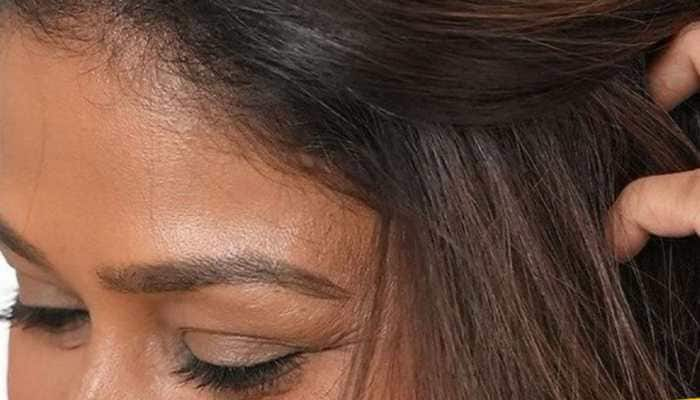Premature newborns' vital signs to be monitored by new wireless camera system
The optical system cameras are sensitive enough to detect minute changes in skin colour.
Trending Photos
) (Representational image)
(Representational image) New Delhi: Babies born prematurely need to be administered immense and intensive care, since they are not completely developed.
Preemies need their vital signs to be thoroughly monitored 24x7 in order to give them the kind of special care they require and the space to develop fully.
Now, Swiss scientists have developed a contactless and wireless camera system to continuously monitor the vital signs of premature babies, which could replace uncomfortable skin sensors that cause false alarms 90 percent of the time.
The camera system developed by researchers at EPFL Polytechnical University in Lausanne and Swiss Centre for Electronics and Microtechnology (CSEM) could improve the way babies' heart rates and breathing are monitored.
In the near future, premature babies kept warm in neonatal incubators could be medically monitored using cameras rather than with sensors attached to their skin, researchers said.
The system is about to be tested on premature babies at University Hospital Zurich (USZ).
"Skin sensors placed on the babies' chests are so sensitive that they generate false alarms up to 90 percent of the time, mainly caused by the babies moving around, said Jean-Claude Fauchere, a doctor at USZ's neonatal clinic.
"This is a source of discomfort for the babies, because we have to check on them every time. It is also a significant stress factor for nurses and a poor use of their time it distracts them from managing real emergencies and can affect quality of care," said Fauchere.
With the camera system, no physical contact is required. The baby's pulse is detected by analysing its skin colour, which changes ever so slightly every time its heart beats.
Breathing is monitored by measuring movements of its thorax and shoulders. At night, infrared cameras take over, which means that monitoring can be carried out non-stop.
The optical system cameras are sensitive enough to detect minute changes in skin colour.
"We ran an initial study on a group of adults, where we looked at a defined patch of skin on their foreheads," said Sibylle Fallet, a PhD student at EPFL.
"With our algorithms we can track this area when the person moves, isolate the skin pixels and use minor changes in their colour to determine the pulse. The tests showed that the cameras produced practically the same results as conventional sensors," said Fallet.
"We plan to take measurements on as many preemies as possible to see whether, under real-life conditions, the results we get from our algorithms match data collected using on-skin sensors,? Virginie Moser, the CSEM researcher in charge of the set-up at USZ, said.
If so, the camera system could one day replace skin sensors. In addition to cutting down on false alarms, it would also be more comfortable for the babies.
(With PTI inputs)
Stay informed on all the latest news, real-time breaking news updates, and follow all the important headlines in india news and world News on Zee News.
Live Tv







)
)
)
)
)
)
)
)
)
)
